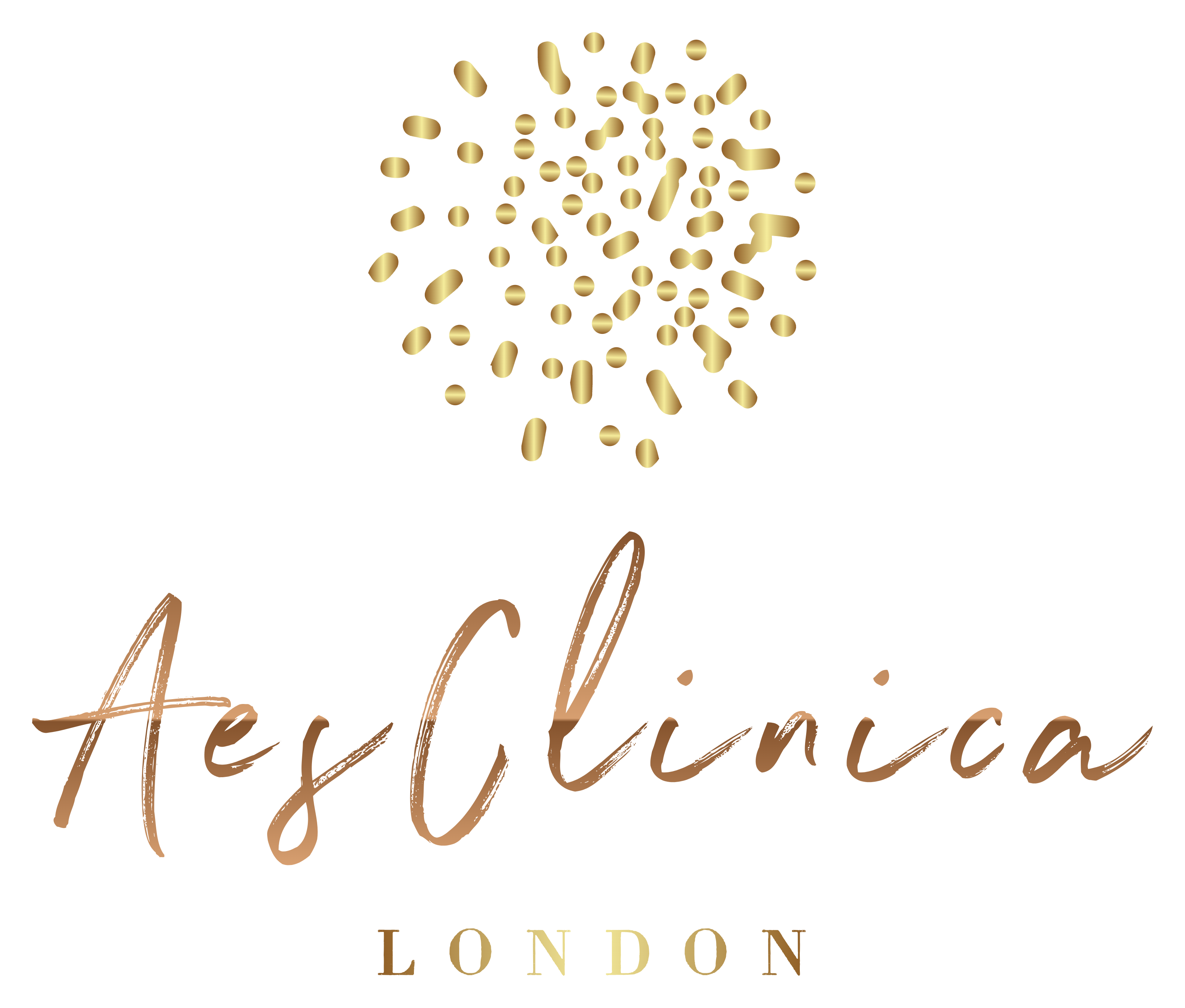Chemical Peel
If flawless skin is the goal, there are about 1000 different paths to take, but one that seems to be a universal favorite is chemical peels. A relatively non-invasive treatment that targets a wide range of particular issues and improves general skin properties, it’s arguably the most efficient treatment you can get.
Chemical Peel Treatment
What Types of Chemical Peels Are There?
The basic categorization of chemical peels is based on their intensity, into 3 groups:
- Light chemical peels – these only affect the outer layer of the epidermis, cause light flaking, and are suitable for minor, superficial imperfections and general refreshment of complexion
- Medium-depth – a bit more intense, these chemical peels affect the epidermis and a portion of the dermis and are used for deeper imperfections
- Deep peels – a very intense form of chemical peel, these are serious dermatological treatments that remove a thick layer of skin, only used for deeply-rooted imperfections
In general, all 3 types are used for more or less all skin conditions; the choice depends on the severity of the condition.
These groups are further divided into subtypes according to the acid used. The most popular are lactic acid peels (very gentle and suitable for sensitive skin), Jessner’s peel (a blend of acids that works great for acne scars), glycolic peel (can be quite intense depending on acid concentration) etc.
The choice of which chemical peel is suitable for your skin and your particular conditions should be left to the professional performing the treatment. Ideally, you should get chemical peels from cosmetic dermatologists who can prescribe a custom skincare routine.
Which Conditions Can a Chemical Peel Treat?
Chemical peels can successfully treat:
- Fine lines
- Wrinkles
- Acne scars
- Sun spots
- Melasma
- Unwanted freckles
- Large pores
- Dull skin
- Tough skin
Apart from these particular conditions, chemical peels can give some general improvements. It gives the skin a much smoother texture, makes it look healthier and more radiant, and leaves it refreshed.
Bofore & After






FAQS
What is a chemical peel?
What skin concerns do chemical peels treat?
Chemical peels at AesClinica London are effective for:
- Acne and acne scars
- Hyperpigmentation and dark spots
- Fine lines and wrinkles
- Dull, uneven skin tone
- Enlarged pores and rough texture
